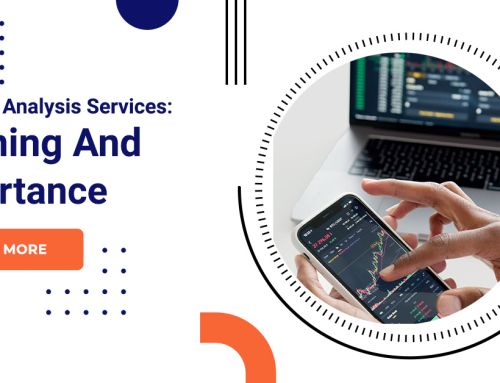How To Scale A Marketplace?
Scaling a marketplace is a multifaceted endeavor that demands a strategic blend of innovation, meticulous planning, and a deep understanding of market dynamics. As the digital landscape continues to evolve, the growth of a scale a marketplace transcends traditional boundaries, making it imperative for businesses to navigate this complex terrain effectively.
Scale a marketplace
Hardest side first
Starting with the hardest side first is a philosophy rooted in tackling life’s challenges head-on. By addressing the most difficult aspects of a task or problem right from the outset, individuals demonstrate resilience and a willingness to confront adversity.
Niche and repeat
In the world of business and content creation, finding your niche and embracing it can be the key to long-term success. Your niche is the specialized area or target audience that you focus on, allowing you to become an expert and cater to a specific set of needs or interests.
Inflate the supply-side with automation
Inflating the supply-side with automation involves harnessing advanced technology to enhance production processes and boost economic output. Automation can optimize efficiency by reducing labor costs, minimizing errors, and accelerating production cycles.

Build supply/demand as an email list
Creating a supply and demand email list is a strategic move for businesses looking to optimize their operations and customer engagement. By compiling a list of interested parties, you can stay in direct contact with both suppliers and customers, ensuring a smoother flow of goods and services.
Host meetups
Hosting meetups is a fantastic way to foster community engagement, share knowledge, and strengthen relationships in both professional and social settings. Whether it’s a networking event for like-minded professionals, a workshop to share expertise, or a casual gathering for friends and enthusiasts, meetups provide a platform for face-to-face interactions that can be invaluable in our increasingly digital world.
Build a saas tool
Building a Software as a Service tool involves creating a cloud-based software application that offers specific functionalities or services to users on a subscription basis. The development process typically begins with identifying a market need or problem that the tool can address, followed by designing the user interface and user experience, developing the backend infrastructure.
Find one giant user for initial supply
One giant user for initial supply and demand can be found in the rapidly growing electric vehicle industry. As governments around the world continue to promote sustainable transportation, the demand for EVs has surged.
Make something free
One way to make something free is to offer it as open-source software. Open-source software is developed collaboratively by a community of volunteers, and its source code is made freely available to anyone who wants to use, modify, or distribute it.
Make a product first
Introducing the Eco Fusion a revolutionary, eco-friendly smart home appliance designed to seamlessly blend sustainability with convenience. The Eco Fusion is not just a product; it’s a lifestyle upgrade for environmentally-conscious consumers.

Create exclusive access
Exclusive access is a coveted privilege that offers individuals or groups a unique and limited opportunity to engage with something or someone of great value or significance. Whether it’s an exclusive VIP event, a behind-the-scenes tour, or access to restricted content, the allure of exclusivity lies in its ability to create a sense of prestige, importance, and desirability.
Pay users with tokens
If you create a token for the scale a marketplace, you can pay people to join even when there isn’t any activity.
International shipping
This intricate network of maritime, air, and land transportation involves a multitude of stakeholders, from shipping companies and logistics providers to customs authorities and regulatory bodies.
On-site time
On-site time refers to the duration or period during which an individual, team, or organization is physically present at a specific location or works at a particular site. This concept is commonly used in various contexts, such as construction projects, corporate offices, manufacturing facilities, events, and service industries.
Bounce rate
Bounce rate is a critical metric in web analytics that measures the percentage of visitors who land on a website or a specific webpage and then leave without interacting with any other pages or elements on the site.
Standardize
Standardization refers to the process of establishing and adhering to a set of consistent and uniform practices, standards, or specifications in various fields and industries. It plays a pivotal role in ensuring quality, safety, and efficiency.
Conclusion
The current crisis and the resulting changes in consumer behavior have amplified the importance of maximizing digital revenue streams. These marketing strategies will help you sell more and better engage end customers, which in turn will help attract more vendors.







